

|


|
|
1/5 Scale Nitro Formula One:
H.A.R.M. FX-2 - # 1525020
|
Introduced by H.A.R.M. Racing circa 2011, the 2WD FX-2 011 Formula One chassis - # 1525020 - was also available as a self assembly kit - # 1525020-k and a conversion kit - # 1525010.
The model was based on a CNC milled alloy plate chassis, with side brackets, a gear type differential, inboard mounted coil spring over oil filled dampers, dogbone drive-shafts and ball bearings.
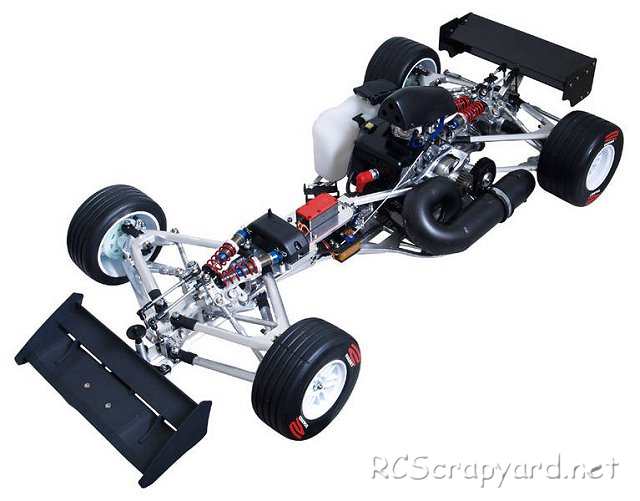
To race the HARM FX-2, it needs to be tuned to perfection for better stability, precise steering and provide enough grip to keep you on the track when going around tight bends at high speed. Even the smallest adjustment can change the feel of a car and our simple to follow instructions will guide you to the best Set-up to get you to the front and keep you there.








|
|
|

★ HARM FX-2 ★
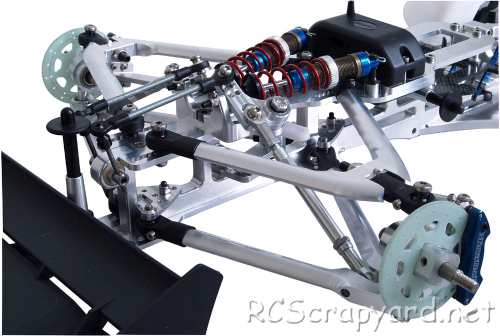
★ HARM FX-2 Chassis ★
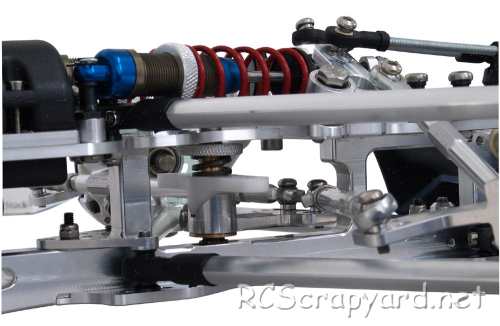
★ HARM FX-2 Chassis ★
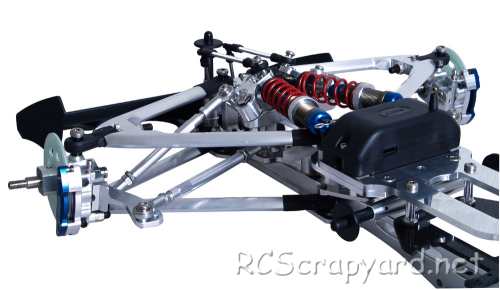
★ HARM FX-2 Chassis ★
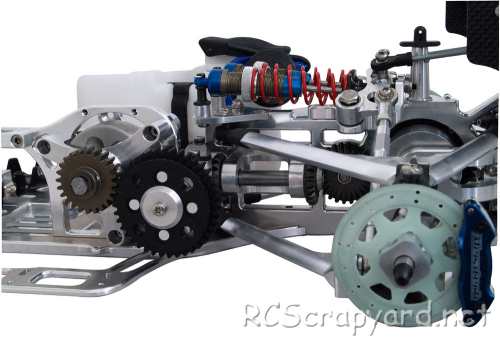
★ HARM FX-2 Chassis ★
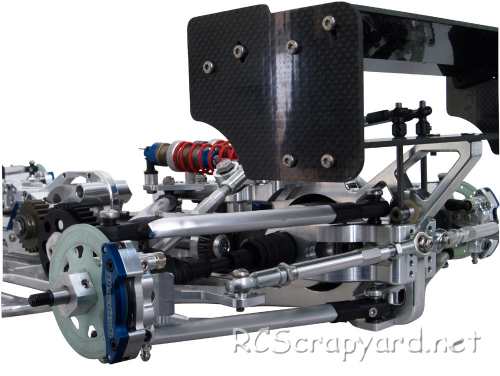
|
Buying a Used Radio Controlled Model
|
|
Manufacturers and Brands Catalogued, Listed and Reviewed by RC-Scrapyard.
At present, the RC Model Manufacturers, Brands and Distributors covered by us are: ABC Hobby, Academy, Acme Racing, Agama Racing, Amewi, Ansmann Racing, ARRMA, Team Associated, Atomic RC, Axial, AYK, Bolink, BSD Racing, Capricorn, Carisma, Carson, Caster Racing, Cen, Corally, Custom Works, Durango, Duratrax, ECX - Electrix, Exceed RC, FG Modellsport, FS-Racing, FTX, Fujimi, Gmade, GS-Racing, Harm, HBX, Helion, Heng Long, Himoto Racing, Hirobo, Hitari, Hobao, Hong-Nor, Hot Bodies, HPI, HSP, Intech, Integy, Jamara, JQ Products, Kawada, Kyosho, Losi, LRP, Maisto, Mardave, Marui, Maverick, MCD Racing, Megatech, Mugen, New Bright, Nichimo, Nikko, Nkok, Ofna, Pro-Pulse, Protech, PTI, RC4WD, Redcat Racing, RJ-Speed, Robitronic, Schumacher, Seben, Serpent, Smartech, Sportwerks, Step-Up, Tamiya, Team-C Racing, Team Magic, Thunder Tiger, Tomy, Top Racing, Traxxas, Trinity, Tyco, Vaterra RC, Venom, VRX Racing, WLToys, X-Factory, Xmods, Xpress, Xray, XTM, Yankee RC, Yokomo, ZD Racing and Zipzaps. |
|
Hints, Tips and Information
Toe Angle - for Steering and Straight Line Stability
When you first build your RC model car, you will no doubt have made all the settings advised in the manufacturers' manual and will take it out on the back yard not thinking of things like camber, caster or toe-in - I know I did. It's only when you get competitive that you start learning about these things and just what a big difference they can make to the handling of your car. One of the more effective of these adjustments is Toe-in. |
|
Hints, Tips and Information
Tires for RC ModelsSponge (Foam) Tires
Sponge Tires can be purchased either pre mounted, glued and trued on the rims, or separately. Fitting the Tires onto the rims can be messy, so here are a few tips to make it a bit easier.
|
|
RC Models:
|
Radio & Motors: |
Other
Accessories: |